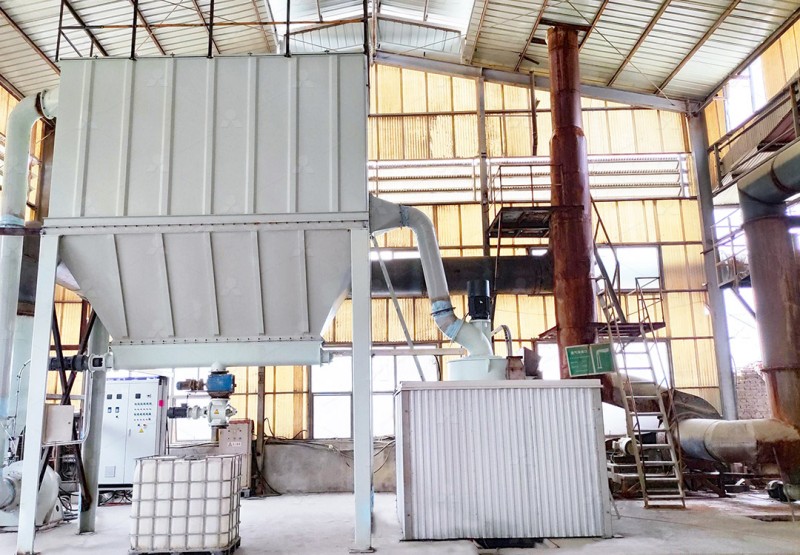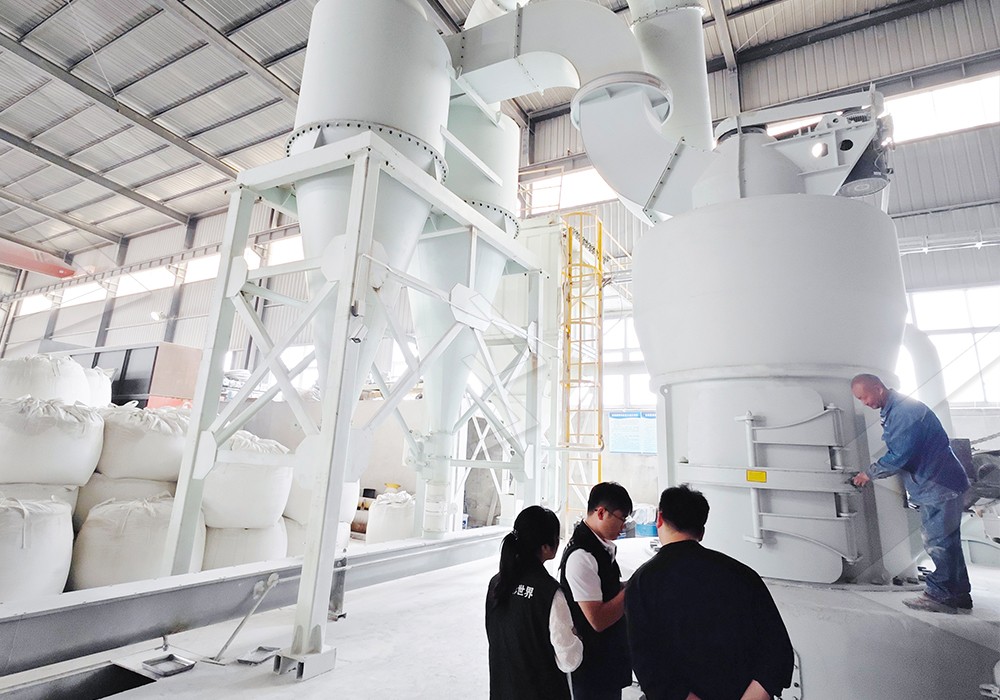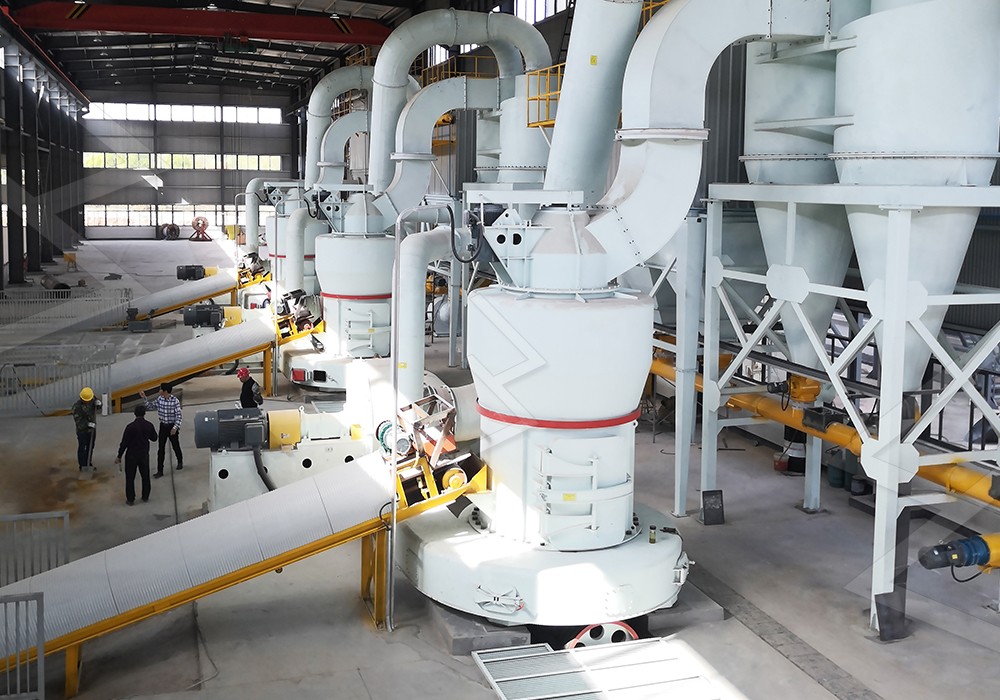High Efficiency Ultra Fine Raymond Mill for Superior Powder Processing
Revolutionizing Powder Processing with Advanced Grinding Technology
In today’s demanding industrial landscape, achieving superior powder fineness while maintaining operational efficiency represents a significant challenge for processing operations worldwide. The evolution of grinding technology has brought forth innovative solutions that transcend traditional limitations, offering unprecedented control over particle size distribution and production output.

The Precision Engineering Behind Modern Grinding Solutions
Contemporary grinding mills incorporate sophisticated engineering principles that enable remarkable performance characteristics. Unlike conventional systems that struggle with energy efficiency and particle consistency, advanced mills leverage innovative grinding curves and precision separation technologies to deliver exceptional results. The integration of German-engineered cage-type powder selectors has particularly revolutionized fineness control, allowing operators to achieve precise specifications between 325-2500 meshes with remarkable consistency.
One standout example in this category is the MW Ultrafine Grinding Mill, which represents a significant leap forward in processing technology. Designed for customers requiring ultra-fine powder production, this machine demonstrates how thoughtful engineering can simultaneously address multiple operational challenges. With an input size capacity of 0-20 mm and production rates ranging from 0.5 to 25 tons per hour, it offers remarkable versatility across various applications.
Key Advantages in Modern Grinding Systems
The most progressive grinding systems now incorporate features that directly respond to industry pain points. The elimination of rolling bearings and screws within the grinding chamber represents a fundamental design improvement that dramatically reduces maintenance concerns and potential failure points. This architectural decision alone significantly enhances operational reliability and reduces downtime.

Environmental considerations have also been thoroughly addressed in next-generation equipment. Efficient pulse dust collection systems, combined with advanced muffling technology, ensure that operations meet stringent environmental standards without compromising performance. The MW Ultrafine Grinding Mill exemplifies this approach with its integrated pulse dust collector that effectively eliminates dust pollution throughout the entire milling process.
Application Versatility and Material Compatibility
Modern high-efficiency grinding equipment demonstrates remarkable adaptability across diverse material types and industry sectors. From limestone, calcite, and dolomite to petroleum coal, gypsum, barite, and specialized applications in cosmetics, pharmaceuticals, and food additives, these systems handle an impressive spectrum of materials with consistent results.
The technological foundation supporting these capabilities includes digitally-controlled processing throughout manufacturing, ensuring exceptional precision in core components. This manufacturing approach guarantees that every machine delivers optimal performance right from installation, with comprehensive technical support and genuine spare parts availability ensuring long-term operational confidence.

Operational Efficiency and Economic Benefits
When evaluating grinding solutions, the economic equation extends far beyond initial acquisition costs. Advanced systems like the MW Ultrafine Grinding Mill demonstrate how intelligent design directly translates to operational savings. With production capacity exceeding traditional jet grinding mills by 40% and energy consumption reduced to just 30% of comparable systems, the total cost of ownership presents a compelling business case.
The integration of external lubrication systems enables continuous 24-hour operation without shutdowns for maintenance, while the absence of internal screws and rolling bearings eliminates common failure points that traditionally disrupt production schedules. These design considerations collectively contribute to significantly enhanced operational uptime and reduced maintenance expenditures.
Frequently Asked Questions
What distinguishes ultra-fine grinding mills from conventional systems?
Ultra-fine grinding mills incorporate advanced separation technologies, precision engineering of grinding components, and sophisticated control systems that enable consistent production of powders in the 325-2500 mesh range, far exceeding the capabilities of traditional grinding equipment.
How significant are the energy savings with modern grinding technology?
Contemporary systems can reduce energy consumption by 30-50% compared to conventional mills while simultaneously increasing production capacity by up to 40%, creating a substantial operational advantage both economically and environmentally.
What maintenance advantages do these systems offer?
Advanced designs eliminate common failure points by removing rolling bearings and screws from the grinding chamber, while external lubrication systems enable maintenance without production stoppages, significantly reducing downtime and maintenance costs.
How do these systems address environmental concerns?
Integrated pulse dust collectors effectively eliminate dust pollution, while advanced muffling technology and noise reduction measures ensure operations comply with stringent environmental standards without compromising performance.
What materials can be processed with these grinding systems?
These systems handle a wide range of materials including limestone, calcite, dolomite, petroleum coal, gypsum, barite, marble, talc, and various specialized applications in chemical, pharmaceutical, and food industries.
